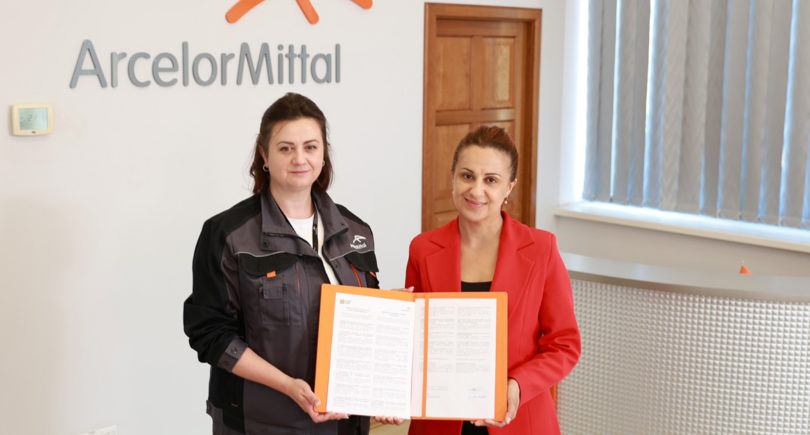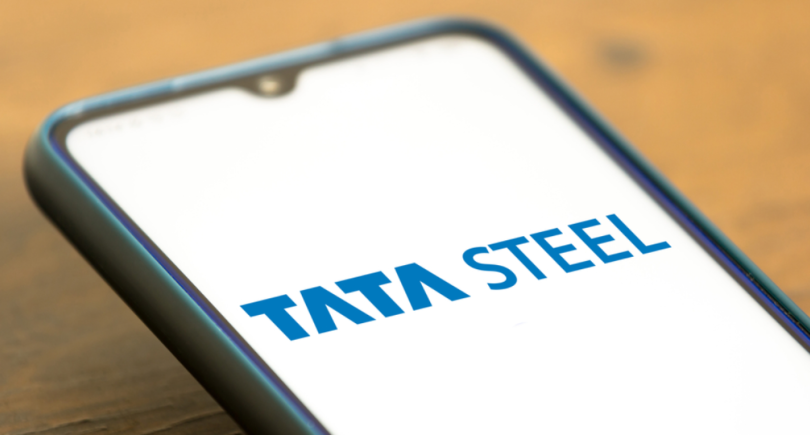
The unit will be used to produce its own electricity
Kametstal Iron and Steel Works improves energy security under martial law. The plant’s power engineers have completed a major overhaul of a powerful turbine generator No. 4 to generate its own electricity. This is stated in the company’s message.
Scheduled post-repair tests are currently underway to identify and work out all possible comments before putting the unit into operation.
The main efforts during the repair were aimed at restoring the technical parameters of the unit’s rotors. In particular, on the turbine’s high-pressure rotor, contractors replaced all impeller blades and restored seals to eliminate unproductive steam leaks. The technical regulations for the low-pressure rotor were met. As a result, the turbine’s efficiency was brought as close to the design as possible.
In addition, the generator rotor was repaired: insulation was restored, the banding rings were repaired, and the rotor and stator were painted.
In the course of the work, both rotors of turbogenerator No. 4 were qualitatively balanced – the tests did not reveal any comments regarding permissible vibrations.
Specialists also repaired the entire array of TG auxiliary equipment – water and oil pumps, ejectors, low-pressure heater.
«Energy engineers take into account previous experience and aim to ensure the armor of the enterprise’s power supply even in the event of its possible emergency shutdown due to enemy shelling, as was the case last winter, in order to prevent damage or destabilization of the main metallurgical equipment due to a sudden blackout. The successful overhaul of the powerful turbogenerator No. 4 is primarily aimed at fully restoring its resource and bringing production capabilities up to passport parameters,» the message states.
As GMK Center reported earlier, Kametstal recently completed overhaul of converter №1. At the final stage, one of the key components of the unit was replaced – the bearing of the non-drive trunnion. This part weighing 5.4 tons ensures the rotation of the converter housing during the technological process of steel smelting.




